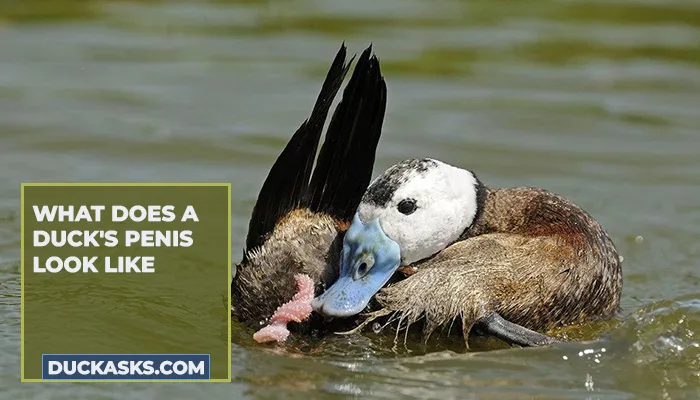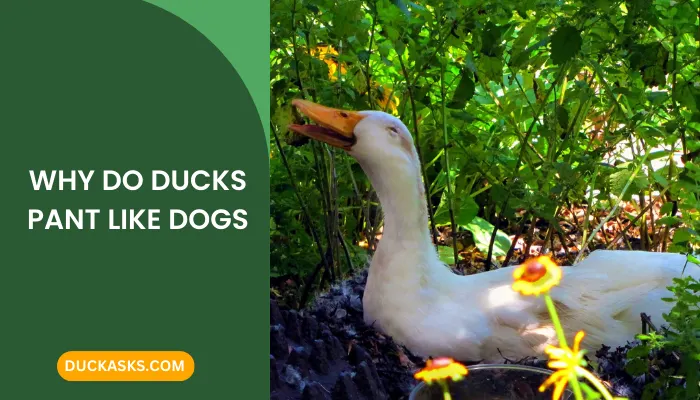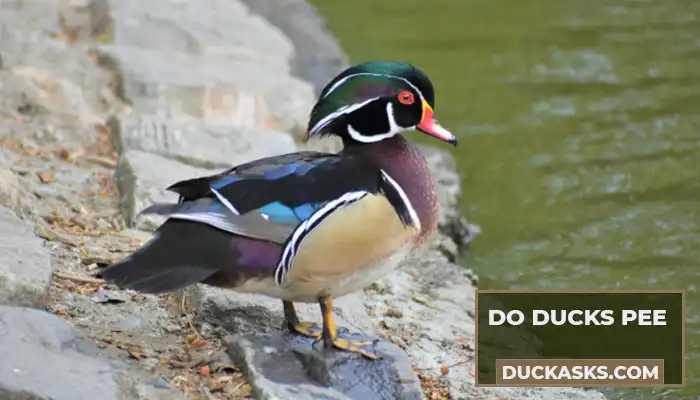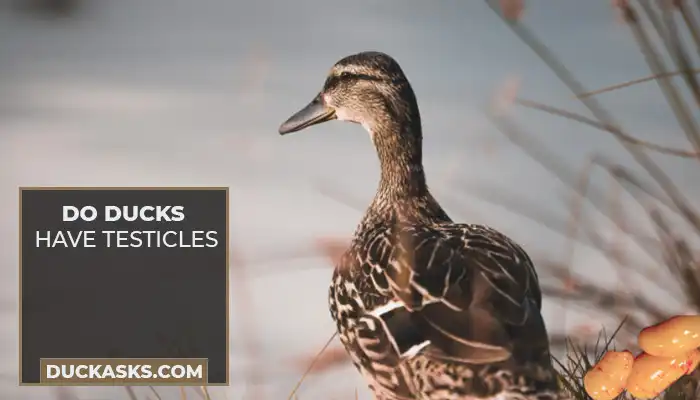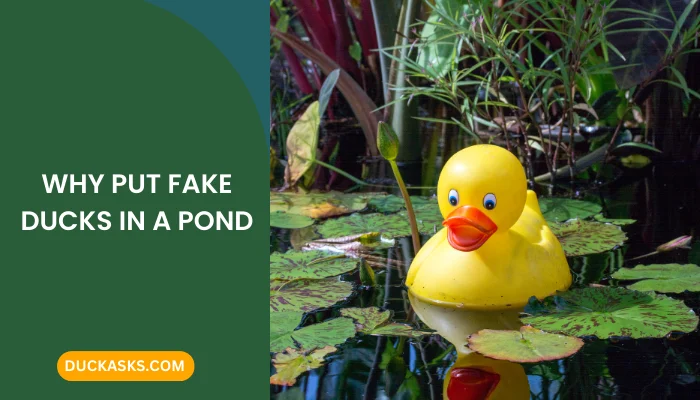Are Female Ducks Called Hens?
Ducks, to me, are another name for fascinating. They’re so fascinating that most of us aren’t clear about their nomenclature. Should we call them a brood of ducks, a flock of hens, or a suit of mallards? Are female ducks called hens?
Yes, female ducks are also called hens. They are used interchangeably with ducks. The reason is a tad bit convoluted. In ornithology, female ducks are coined as such.
Ornithology is the study of birds and their classification in relation to their appearances. The naming of birds is done in conjunction with their aesthetics and behavior, in which case female ducks and hens share a common ground.
Narrowing down an elaborate topic, you roughly now have an idea about the topic.
However, this brings on a whole new set of questions. Your head must be swimming in a sea of queries about the duck world.
Don’t worry. I’m here to quench your thirst for knowledge in this article.
Want to learn more about duck fun facts:
Are All Female Ducks Called Hens?
We don’t generally call female ducks hens, even though we should at least, that’s what ornithology suggests. So yes, all-female ducks are hens.
Why Are All Female Ducks Called Hens?
According to the study of birds, you can term any ‘Gallinaceous birds’ as hens.
Woah! What is that word I just used? Simply put, gallinaceous birds have heavy bodies and take their feeds from the ground due to their large beaks.

You might be wondering if that’s the case; there are many other heavy-bodied birds with similar behavioral patterns.
Let’s take Turkey, for instance, are female turkeys called hens too? Yes, they are also called hens.
Then What Are Female Mallard Ducks Called?
Like Turkeys, female mallards are also called hens. As mentioned earlier, be it in the case of a mallard or duck, females of any galliform species of birds are labeled as hens in the nomenclature process of ornithology.
Even though these female birds are broadly identified as hens, they come with a host of differences, even though they largely share some similar features.
How Do You Tell If a Duck Is a Drake or a Hen?
Like us, ducks also have visible features which allow us to differentiate females from males. Everything starting from their quacks to feathers varies. Below are some of the key features you might want to look at.

Do Ducks and Drakes Quack Differently?
The quacking of a duck is not just a language that they share. It’s also a means to identify whether the duck is a hen or a drake.
Humans, based on the depth and frequency range of vocal cords, lies the general differentiation of sexes.
Similarly, you can differ between the gender of a duck if you pay attention to the pitch.
If the quack is harsh, loud, and sharp− it’s a hen. On the other hand, when the quack is coarse, dull, and heavier, then it’s a confirmed drake.
Drakes Have Something Called Sex Feathers
Male ducks have something called sex feathers. These feathers lie around the tail region, being curly in nature.
When a drake matures between two to four months, these feathers become more prominent and curlier so that they are easily visible.
Due to complex genetic reasons, males develop clumps of these curly hair-locks on their tails.
If you don’t see these curly feathers on their tails, it might either be that their curly feathers have, for some reason, fallen off or that they are females.
If you notice the duck has larger heads and broader neck with no sex feathers, it’s possible that the male has lost it’s feathers. Drakes have slightly broader and larger necks and heads respectively than their female counterparts.
Differences in Their Beak Colors and Plumage
Keep an eye on the beak and its color. Females, often as they near the egg-laying or mating stage of life, develop freckles on their beaks.
This is a common indication of a hen. However, if you want to spot your hens from the brood early on, look out for the visual and auditory cues mentioned above.
Lastly, observe the feather pattern. In the bird kingdom, most birds, including drakes, have brighter, more colorful plumage.
What Is a Hen Duck?
As its name suggests, it’s somewhere between a chicken and a duck. A hybrid, to be precise. The being hatches from the egg of a duck, so till it’s an egg, it’s quite difficult to tell which is which.
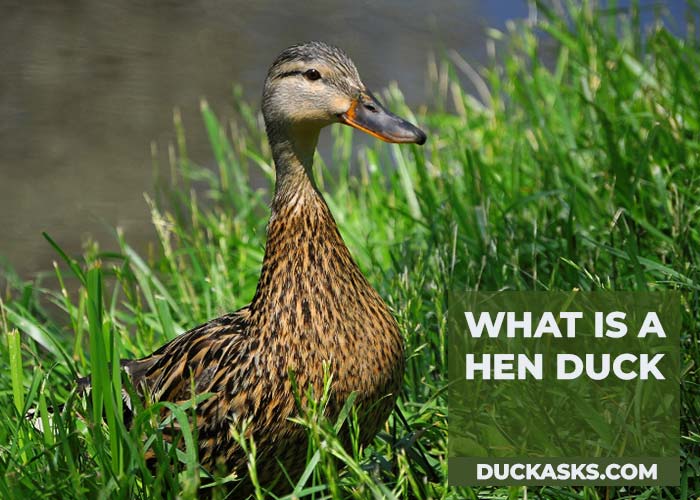
As it emerges, you’ll notice the little buddy having the head and bill of a chicken while the color is dark, unlike a chicken.
In short, the body is more duck-like, while the head portion is chicken-like.
Why Do I See Drakes Drowning Ducks? − Do Ducks Wrestle?
Of course not! Whenever you see two wrestling-slash-drowning, they’re mating. Quite the opposite, no? Drakes and ducks often mate on ponds and lakes. The reason is mostly a dominance thing as per evolutionary biology.
Sometimes multiple drakes compete to mate with a few hens idly roaming about on a pond. The scenario might appear to be a war but it’s actually a part of their mating culture.
Do Hens Become Drakes?
Yes, they do, even though they do so rarely. Only female ducks or hens can experience gender change naturally to become active drakes.
It is truly an exception on mother nature’s part. Let me explain how. Humans have X and Y chromosomes with the combination XX genetically identifying you as a female and XY as a male. Both males and females have X chromosomes thus humans are females by default.
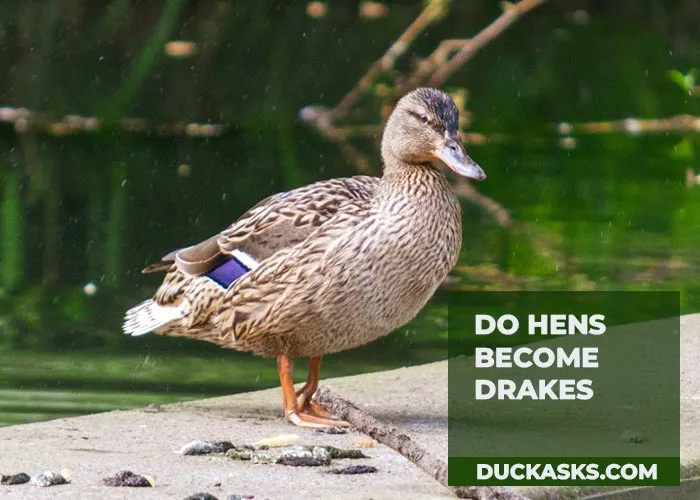
Ducks are the opposite. They have Z chromosomes for males and W for females. ZZ combination stands for males while ZW for females. Hence, ducks are males by default.
At some point in a hen’s life, in rare cases, one of its ovaries may become inactive. As a result, suppressed and altered hormone release causes hens to physically shift to an active male. Genetically they do not change their ZW chromosomes but the size of their cells shrink to become a drake.
Unfortunately, the hen converts to a drake and never mate with a male again.
Can Ducks Mate With Geese?
They can. Ducks can mate with any other type of duck or any of the gallinaceous birds, in theory. If you ought to be pragmatic, you won’t come across such events as frequently.

Turkeys, for example, can mate with drakes, but you wouldn’t expect normal offspring as a result. Similarly, ducks can mate with geese, but the occurrence is not as common.
Are Ducks Polygamous or Monogamous?
Ducks are monogamous, however, seasonally. As each mating season arrives, they mate with one partner, reproduce and form a strong connection with each other.
Super cute! But sweet moments don’t last too long.
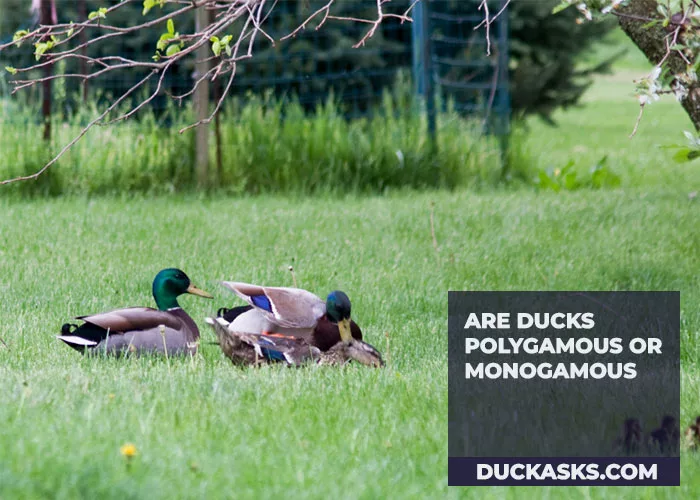
As they near the end of a season, eggs are laid and start hatching. That’s when the couple knows they must part. They drift apart and eventually settle down with a new mate the next season.
Ending Note
So, to simmer down, yes, all female ducks are called hens. Is this anomaly only limited to ducks?
Not at all. Any heavy-bodied ground-fed female birds are generally identified as hens. Female turkeys, ducks, mallards, etc. are all called hens.
The general difference between drakes and hens is their voices and plumage. If you can identify the differences visually, you’ll know which to call a hen or drake.
I really hope this enhanced your knowledge and you had a great experience reading through it. Hope you found the answers you were seeking in simplified terms.
If you liked this article feel free to share it on any of your social media pages and stay connected with us on Facebook, Twitter, and Pinterest.
Image Credits:
- Canva.com/photos
Article References:
- https://modernfarmer.com/2015/06/five-things-you-never-knew-about-ducks/
- https://en.wikipedia.org/wiki/Ornithology
- https://en.wikipedia.org/wiki/Duck
- https://en.wikipedia.org/wiki/Galliformes
- https://en.wikipedia.org/wiki/Hen
- https://www.vedantu.com/animal/duck
- https://a-z-animals.com/blog/10-incredible-duck-facts/

